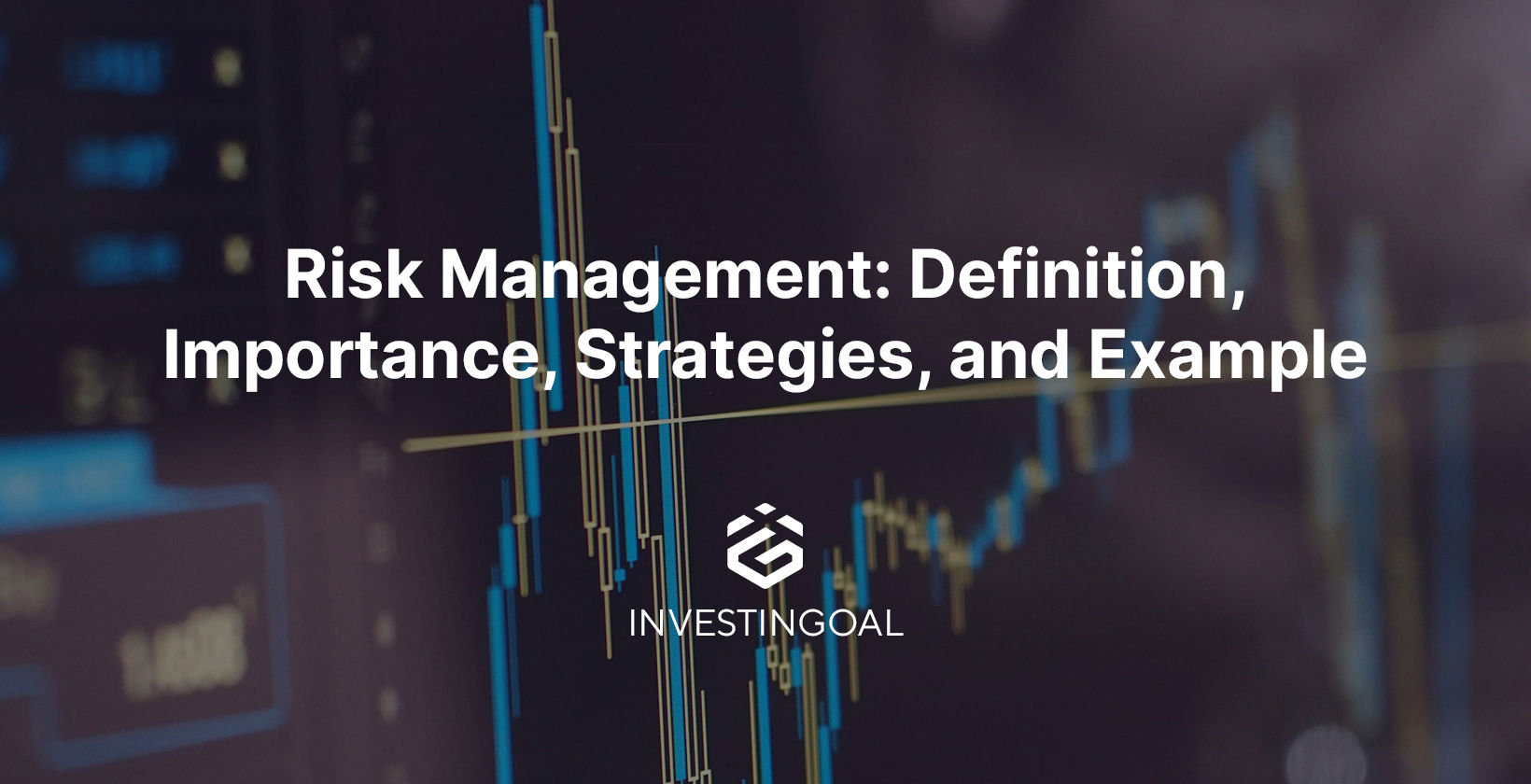Navigating the Challenges: Understanding the Importance of Risk Management
Navigating the Challenges: Understanding the Importance of Risk Management
Blog Article
Exploring the Value of Risk Management for Effective Decision-Making Approaches
In the elaborate world of business, Risk Management arises as a crucial aspect in the decision-making procedure. The capacity to recognize possible threats and opportunities, and strategize as necessary, can spell the difference between success and failing.
Understanding the Principle of Risk Management
Risk Management, a critical component in decision-making, is usually misconstrued or oversimplified. Risk Management includes self-displined and organized approaches, utilizing information and informative analyses. From economic uncertainties, lawful obligations, calculated Management errors, to crashes and all-natural catastrophes, it addresses numerous dangers - importance of risk management.
The Duty of Risk Management in Decision-Making Processes
In the realm of tactical preparation and company procedures, Risk Management plays an essential function in decision-making processes. Risk Management therefore comes to be a crucial tool in decision-making, helping leaders to make informed options based on a thorough understanding of the threats entailed. Risk Management serves as an essential part in the decision-making processes of any type of company.

How Risk Management Boosts Strategic Preparation
In the context of critical planning, Risk Management plays a critical function. Initiating with the recognition of possible dangers, it better reaches the execution of Risk reduction procedures. The duty of Risk Management is dynamic yet not fixed, as it demands consistent tracking and adjusting of methods.
Identifying Potential Dangers

Executing Risk Mitigation
Risk mitigation approaches can vary from Risk evasion, Risk transfer, to take the chance of decrease. Each approach needs to be customized to the certain Risk, considering its possible effect and the organization's Risk tolerance. Efficient Risk reduction calls for a deep understanding of the Risk landscape and the possible effect of each Risk.
Tracking and Changing Approaches
Though Risk mitigation is a critical action in tactical preparation, continual tracking and modification of these approaches is equally important. This ongoing procedure permits organizations to determine new risks and reassess existing ones, ensuring the applied techniques remain effective in the ever-changing organization setting. It likewise offers a possibility to examine the success of the Risk Management measures, enabling modifications to be made where necessary, further enhancing tactical planning. Reliable monitoring and adjustment call for making use of analytics and key performance indicators (KPIs) to determine efficiency. These tools offer useful data-driven understandings that can educate critical decision-making. For that reason, surveillance and readjusting Risk Management approaches is a critical element for improving an organization's resilience and calculated preparation.
Case Studies: Effective Risk Management and Decision-Making
In the world of business and financing, successful Risk Management and decision-making usually offer as the pillars of flourishing business. These situations highlight the value of astute Risk Management in decision-making procedures. These situations highlight the important duty of Risk Management in tactical decision-making.
Devices and Strategies for Efficient Risk Management
Navigating the intricate maze of Risk Management needs the best collection of devices and techniques. These tools, such as Risk signs up and warm maps, help in determining and analyzing possible threats. Techniques include both measurable methods, like sensitivity analysis, and qualitative approaches, such as SWOT evaluation. These aid in prioritizing risks based on their prospective impact and probability. Risk feedback approaches, a vital part of Risk Management, involve accepting, staying clear of, transferring, or mitigating threats. Tracking and managing risks, via routine audits and evaluations, make sure that the techniques continue to be reliable. With these tools and techniques, decision-makers can browse the facility landscape of Risk Management, thereby promoting educated and effective decision-making.
Future Fads in Risk Management and Decision-Making Methods
As we explore the huge landscape of Risk Management, it comes to be apparent that the methods and devices utilized today will certainly continue to progress. The concept of Risk culture, where every member of a company is conscious and involved in Risk Management, will he has a good point certainly obtain a lot more importance. These trends advertise a more comprehensive and proactive approach in the direction of Risk Management and decision-making.
Conclusion

Risk Management hence ends up being a crucial tool in decision-making, helping leaders to make informed selections based on a thorough understanding of the dangers included. Risk reduction methods can vary from Risk avoidance, Risk transfer, to run the risk of reduction (importance of risk management). Effective Risk mitigation requires a deep understanding of the Risk her comment is here landscape and the prospective impact of each Risk. Risk action techniques, a key component of Risk Management, include approving, preventing, transferring, or mitigating risks. The idea of Risk society, where every member of get redirected here a company is aware and entailed in Risk Management, will certainly get more prominence
Report this page